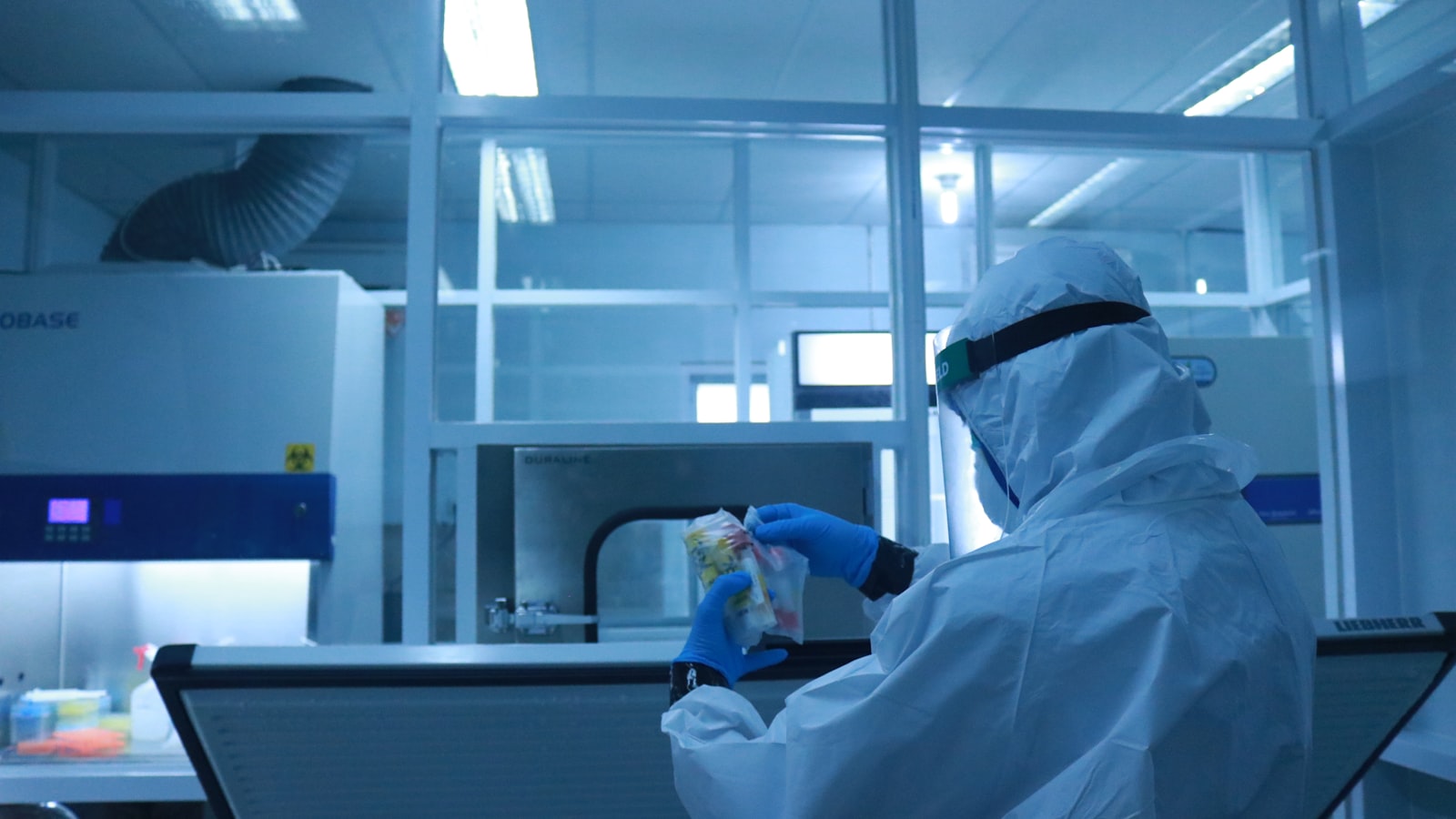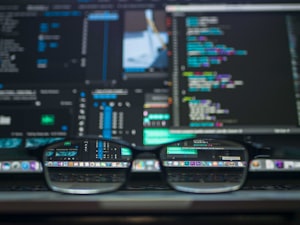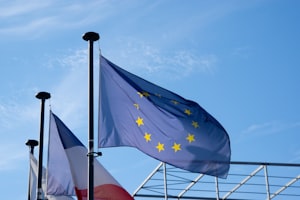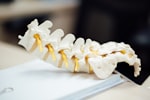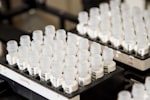Detecting COVID-19 may soon be as easy as pressing a button on your Apple Watch, according to engineers at Johns Hopkins University.
New sensor technology developed by these engineers combines the accuracy of PCR tests and the speed of antigen tests. The test uses metal nanostructures to detect radiation waves from virus samples and distinguish between different types of viruses without collecting additional samples.
“The key novelty is that this is a label-free technique, which means that no additional chemical modifications like molecular labeling or antibody functionalization are required,” said Ishan Barman, associate professor of mechanical engineering at Johns Hopkins. “The sensor could eventually be used in wearable devices."
Johns Hopkins researchers develop new, faster COVID-19 test https://t.co/8u6LAxmHCX
— WBAL-TV 11 Baltimore (@wbaltv11) March 30, 2022
As the sensor applies label-free detection and machine learning, researchers anticipate that it will be especially useful in dealing with fast-mutating viruses like COVID-19. The sensor also would be much less expensive than currently available options.
The research that produced the new sensor technology received exploratory research funding from the National Science Foundation, which has prioritized development of fast, accurate testing to help state, local, and federal officials better monitor and respond to pandemics.
“We can use this for broad testing against different viruses,” said Barman, “for instance, to differentiate between SARS-CoV-2 and H1N1, and even variants. This is a major issue that can’t be readily addressed by current rapid tests.”
While the sensor is in its trial phase, the Johns Hopkins researchers are awaiting a patent review prior to seeking opportunities to commercialize the technology.

